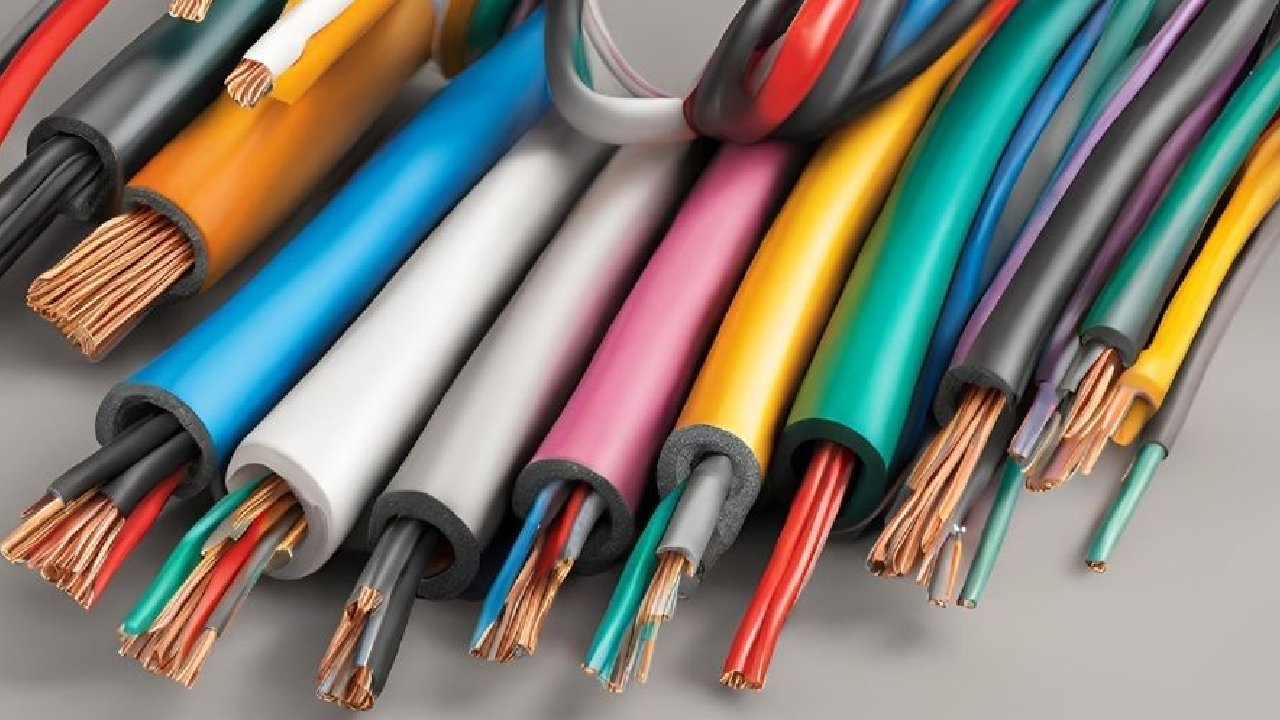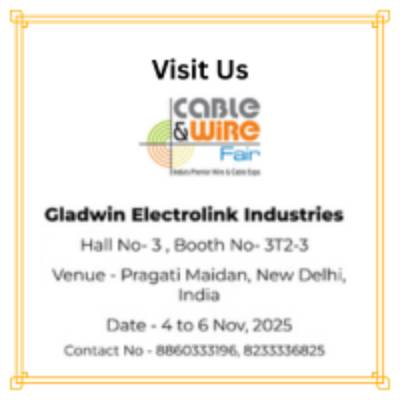What is XLPE? Understanding Its Applications, Benefits, and Why It’s Superior
At GEI, we’re committed to delivering cutting-edge solutions for the energy and infrastructure sectors. One material that plays a pivotal role in our industry is XLPE, or Cross-Linked Polyethylene. XLPE stands for Cross-Linked Polyethylene — it’s a type of polyethylene whose polymer chains have been chemically or physically cross-linked to form a three-dimensional network. This cross-linking changes its structure from a thermoplastic to a thermoset-like material, giving it much better thermal, mechanical, and chemical properties compared to normal polyethylene. In this comprehensive blog, we’ll explore what XLPE is, its key applications across various industries, and the benefits that make it a preferred choice for modern electrical and infrastructure systems.
What is XLPE?
Cross-Linked Polyethylene (XLPE) is a type of polyethylene with a cross-linked molecular structure, which is achieved by cross-linking polymer chains for enhancement of its thermal, mechanical, and electrical properties.
Base material: Polyethylene (PE)
Modification: Cross-linking (through peroxide, silane, or irradiation)
Result: Improved thermal stability, enhanced chemical resistance, enhanced mechanical strength, and increased life.
XLPE is distinct from regular polyethylene in the fact that it is processed to meet high temperatures, chemical resistance, and improved insulation, making it appropriate for demanding environments. The process of cross-linking, typically attained through chemical or physical means, transforms polyethylene into a hard, thermoset material. This gives XLPE its unique characteristic of resisting structural integrity when exposed to harsh conditions, making it distinct from other insulating materials like PVC or rubber.
Applications & Uses of XLPE
The flexibility of XLPE positions it at the forefront of various industries, particularly within the power distribution and infrastructure industry. XLPE is commonly applied where resistance to durability, temperature, and reliability of insulation are paramount. Some of its key applications include:
Electrical Applications
- Power Cables: XLPE is widely used as insulation material in low-, medium-, and high-voltage power cables. With its excellent dielectric properties, energy loss is minimal, and it is used effectively in underground, submarine, and overhead power cables. Be it urban power grids or renewable energy development, XLPE cables are crucial for effective electricity transmission.
- Industrial Wiring: XLPE-insulated cables are used in industrial settings in harsh environments where heat, moisture, or chemical exposure is common. XLPE is used for safe and dependable wiring systems by factories, refineries, and production facilities.
- Renewable Energy Systems: XLPE is inevitable in solar and wind power systems. Its UV radiation, temperature cycle, and mechanical stress resistance make it ideal for delivering renewable energy to the grid, such as solar cables with UV and thermal resistance.
- Building Wiring: Wiring insulation in buildings, providing heat and moisture resistance.
- Automobile and Aviation: For automobile and aviation applications, XLPE is used in wiring harnesses owing to its lightweight, heat-resistant, and high-voltage handling capability against demand in electric cars and aircraft, even high-temp areas in automotive wiring.
Plumbing & Industrial
- Hot and Cold Water Pipes: High temperature resistance makes XLPE suitable for hot and cold water pipes in plumbing.
- Chemical Transportation Pipes: Its resistance to chemicals makes it suitable to transport chemicals.
- Hydronic Radiant Heating Systems: Utilized in floor heating systems because of its flexibility and wear resistance.
- Construction and Infrastructure: XLPE finds use in building wiring, plumbing, and floor heating systems. It is a construction material of choice for its flexibility and wear resistance.
Other Uses
- Sports Equipment Foam Insulation: Offers tough, light insulation.
- Medical Tubing: Utilized for its chemical resistance and flexibility.
- Flexible Packaging with High Barrier Properties: Provides increased protection in packaging applications.
XLPE advantages: Why Choose to Use It Rather Than Regular PVC or PE?
The widespread application of XLPE is instigated by its numerous advantages, which directly correspond to the needs of emerging industries. Major advantages are:
Enhanced Thermal Resistance: XLPE resists temperatures of up to 90°C continuous (and up to 250°C in short-circuit conditions), much higher than standard materials like PVC. It doesn’t soften like PE and isn’t degraded like PVC at elevated temperatures, so it is well-suited to high-load electrical systems and to high-temperature conditions.
Better Electrical Insulation: With better dielectric strength and reduced dielectric losses, XLPE minimizes electrical losses and offers solid insulation, reducing short circuit chances or failure of the system. It is ideal for use in high voltage systems.
Longevity and Durability: The cross-linking characteristic of XLPE provides abrasion resistance, moisture, chemical, and UV resistance, resulting in longer service life compared to other materials. It reduces the cost of maintenance and enhances system reliability. It’s less likely to crack, oxidize, or thermally age.
Environmental Resistance: XLPE is highly resistant to environmental conditions such as water, oil, and corrosive chemicals and, as such, is perfectly suited for use in outdoor and underground settings. It can be laid underground or installed in wet locations without breaking down.
Flexibility and Lightweight: XLPE is a robust cable but is still flexible and light, easy to install, and reduces material consumption in large projects.
Eco-Friendly and Recyclable: XLPE contains no toxic chemicals such as halogens and is thus a “green” option. It is also recyclable, contributing to sustainable industry practices. Unlike PVC, which releases toxic fumes if burned, XLPE is cleaner.
To highlight why XLPE stands out :
| Property | XLPE |
|---|---|
| Max. operating temperature | 90°C continuous (up to 250°C short circuit) |
| Chemical resistance | Excellent |
| Electrical insulation | Very high |
| Flexibility | Good |
| UV resistance | Good |
| Life span | 30–40+ years |
Why XLPE for Your Projects?
At GEI, we realize the transformative potential of XLPE to power the future. Its ability to combine performance, safety, and sustainability makes it an essential material for energy and infrastructure applications. Whether you are replacing an aging power grid, building renewable energy infrastructure, or creating advanced industrial buildings, XLPE offers unparalleled reliability and efficiency.
With the inclusion of XLPE in our product offerings, GEI ensures that our clients are able to enjoy state-of-the-art materials that are able to meet today’s complex projects. While the energy trend continues to shift, XLPE will remain a major source of innovation and sustainability.
At GEI, we believe, Cross-Linked Polyethylene (XLPE) is not just an insulation item, it’s a revolution across the world’s industries. Its robust attributes, diverse applications, and long-term benefits make it the backbone of modern electrical and infrastructure networks. At GEI, we’re honoured to employ XLPE to offer solutions that power growth and build a sustainable future.
Interested in finding out more about how XLPE can elevate your next project?
Contact our experts at GEI today and talk about our cutting-edge solutions tailored just for you.



